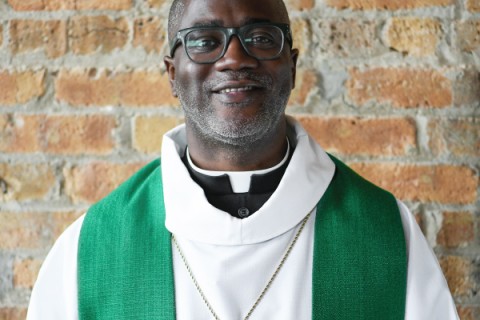Upstate New York camp was only US safe haven during Holocaust
Suzanne Krauthamer Gurwitz remembers little about the 18 months she spent at the Fort Ontario Emergency Refugee Center in Oswego, New York. She was five when she, her parents, and two older brothers arrived at the former military post near Lake Ontario.
“Like other children, I played,” said Gurwitz, 80, of Plainview, New York. “I don’t remember being unhappy.”
Gurwitz was among 982 refugees at Fort Ontario, the only US shelter for Europeans fleeing World War II. Of the 30 surviving refugees, 19 attended a 75th anniversary reunion on August 5. The event commemorated the 1944 arrival of refugees in the small upstate New York city.





